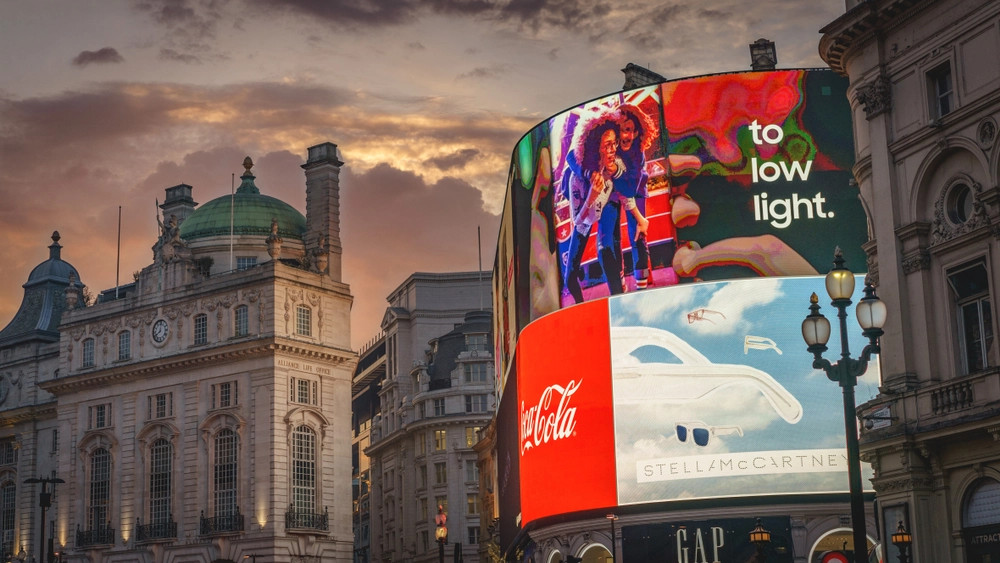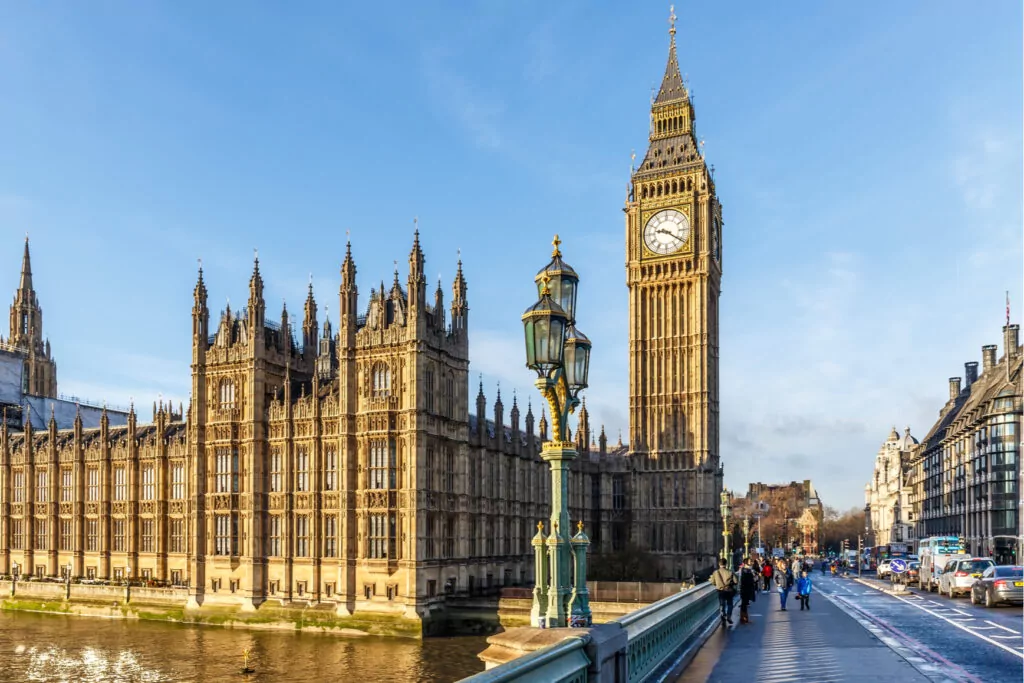
Marketing Matters | Review of November 2024

By Hannah Duke, Elin Bebbington, Brighton Dube, Ella McCarthy
10 Dec 2024 | 8 minute read
Welcome to this month's edition of Marketing Matters, where we look at advertising and marketing (A&M) trends in the retail and consumer sector.
We will be looking at:
- Some of the key takeaways for A&M departments following November's ASA rulings.
- Other top ASA stories.
- CMA news for the same period.
ASA rulings – key takeaways for your A&M departments
In November, the ASA handed down 23 rulings, we have highlighted some of the key rulings we think you and your A&M departments should be aware of.
Unsubstantiated claims about features
The ASA upheld a ruling against a smartwatch company, for a failure to substantiate claims about their product's features and popularity. The voice-over on a pre-roll ad on YouTube stated that the smartwatch was "going to be banned from the public" for its use "of some of the most advance military technology in the world". The ad also claimed that the watch was made out of "the strongest military materials making it indestructible" and battery life could last two weeks without the need to recharge.
The ASA challenged the claims of the product's military background, its robustness, and the advance nature of the technology it used. It noted that viewers of the ad were likely to expect the various claims to have a factual basis and be substantiated by evidence.
The company in question failed to respond promptly to the ASA's enquiries, itself noted as an apparent disregard and breach of the Code. Consequently, it was held that the ad was misleading and a breach of the Code as the company failed to establish grounds for their claims.
Promotional 'freebees'
An electronics retailer and a global laundry brand, with a commercial partnership, co-advertised a promotional offer to customers, for "6 months free" detergent when purchasing a particular washing machine. Further, the text on the website detailed a three-step process explaining to customers how they fulfilled the claim. The steps outlined that participants must purchase a qualifying washing machine, “submit [their] claim using [their] receipt” and then “use the coupon within 90 days from the day of issue in a participating retailer to receive [their] free product”.
Terms and conditions, located at the bottom of the page in small text, stated the coupons could be used for three distinct laundry products. Out of the three, two were stated to have a set price discounted off the product or redeemable as cashback. The third product was for a set value of cashback.
The ASA emphasised that the CAP Code makes clear that marketing communications must not describe a product as "free" if the customer must pay anything other than the unavoidable cost of collecting/delivering the item. The ASA considered customers would understand that, upon purchase of a qualifying washing machine, they would receive a six-month supply of free detergent at no cost to them, in return for the coupon.
The coupons available for each product had a value between £7 and £10.50. However, the RRP of each product was higher than the value of the corresponding coupon. The ASA noted it was likely that customers would be unable to purchase the three products available using solely the coupon. The coupons did not necessarily allow participants to redeem the detergent for free. Additionally, for one of the products in the offer, it was necessary for customers to purchase the product upfront before being eligible to apply for cashback up to the value of the coupon.
The ASA upheld that the advertisement was misleading and breached the Code, as participants were not receiving free products. It was also not made clear that one of the products had to be purchased upfront. The same ad was also found to fall foul of the Code for a failure to reference the 3,000-coupon limit and twenty-minute validity of coupons once activated. Neither of these conditions were included in the ad itself nor the short terms and conditions, at the bottom of the page.
Environmental claims
In a claim against an airline company, a ruling was upheld which forms part of a wider piece of work by the ASA on environmental claims. In a paid-for Google ad, the airline stated a customer's decision to fly with them was "one of the greenest choices in air travel".
The airline responded to the complaint evidencing, amongst others, the following:
- It had committed billions of euros to aiding the industry's decarbonisation efforts.
- They had the lowest carbon emissions per passenger at 52 g carbon dioxide per revenue passenger kilometres (in an independently verified report).
- Explained that it was actively renewing their fleet of aeroplanes (to the widest and most efficient single-aisle aircraft) to reduce fuel consumption by 10% and a per-seat fuel improvement of 20%.
- That it has invested in research and development of sustainable aviation fuel (SAF) (having invested in two companies with an aim of reaching SAF usage of 10% by 2030).
The ASA considered that customers would understand the claim “one of the greenest choices in air travel” in the ad as meaning that the airline company's environmental impact was among the lowest of all the airlines operating flights to and from the UK. The company has, in fact, based the claim on the type of aircraft they used which was not noted in the ad. Additionally, the ASA emphasised that the ad had not included information that would allow customers to understand the comparison. Customer are to be provided with sufficient information to allow them to understand the comparison with identifiable competitors, and be able to check the claims were accurate, or ask someone suitably qualified to do so.
Takeaways
The key takeaways from the ASA rulings this month are:
- Any claims about the features or popularity of the product must be backed by sufficient evidence: Always ensure you are able to prove any claim made about a product, whether in relation to its features, background or popularity in the market.
- Simply, "free" needs to be free: Take care when offering any "free" promotional items. Any free item needs to be at no cost to the customer (with the exception of collection/delivery costs). Additionally, any costs customers are to incur to obtain the freebee (i.e in the case of cashback), should be clearly identified to customers.
- Environmental claims are likely to be scrutinised: If you are promoting or advertising a product and wish to highlight its environmental or sustainable efficiencies, be sure to have supporting evidence, be clear on which section of the lifecycle the environmental claim relates to, and take care when comparing against competing products.
Top ASA stories last month
Influencer advertising and marketing – getting it right
At the end of November this year, the ASA published key guidance for marketers and influencers alike. With a boom in social media platforms and companies harnessing these to promote their products, the ASA's ad(vice) is a one-stop shop to familiarising yourself with marketing regulations. The guidance includes a disclosure tool, designed to help you identify whether social media content is 'advertising', a guide to making clear when content is an ad and specific guidance on Snapchat and TikTok marketing.
The underlying principle…any content resulting from a commercial relationship, needs to make this clear.
A commercial relationship can range from being paid or paying for an ad to being a celebrity/influencer with a financial stake in the success of a product.
Amended guidance on the presentation of mid-contract price increases
As discussed last month in our October 2024 Marketing Matters article, the ASA conducted a wider piece of work on mid-contract price increases. Following the ASA's investigation and the changes to Ofcom rules, banning inflation-linked and percentage-based price increases in new contracts from 17 January 2025, CAP and BCAP have published an amended guide on the presentation of mid-contract price increases in telecoms ads. The guide will also come into force from 17 January 2025.
Amendments to the Ofcom rules, introduced in July 2024, required providers to set out changes to the monthly price, during the commitment period, in pounds and pence. Percentages and inflation-linked price rises are considered insufficient and likely to mislead customers.
The guidance already provided that if the amount by which the customer’s monthly contract price would increase was known in advance, it should be stated in full. The proposed amendments clarify that the full future monthly price and when it will rise are likely to constitute material information needed by the customer to make an informed decision.
The overall principles the Ofcom and subsequent guidance aim to achieve remain unchanged.
CMA activity in November
Groceries: Do loyalty prices offer genuine savings?
55% of us think that supermarkets up their 'usual' price to make loyalty deals appear more lucrative. However, the CMA has confirmed, having conducted a review of 50,000 products, that loyalty prices offered a genuine saving to customers. 92% of the products, assessed by the CMA, offered a saving against the usual price.
The CMA's deep dive was to get to the bottom of whether grocery retailers were treating shoppers fairly, and to reassure customers throughout the UK. Key findings of the rigorous investigation showed that:
- Over 90% of products offering a discounted loyalty price, were a genuine saving against the usual price.
- Customers are making an average saving of 15-17% by purchasing loyalty priced products (at the five supermarkets examined in the study).
- 76% of shoppers said loyalty pricing/schemes have not changed where they shop.
That being said, although loyalty prices are generally offering the cheapest available price, the prices being offered were not always the cheapest option. Shopping around, between retailers, is likely to make hard-earned cash stretch.





























































